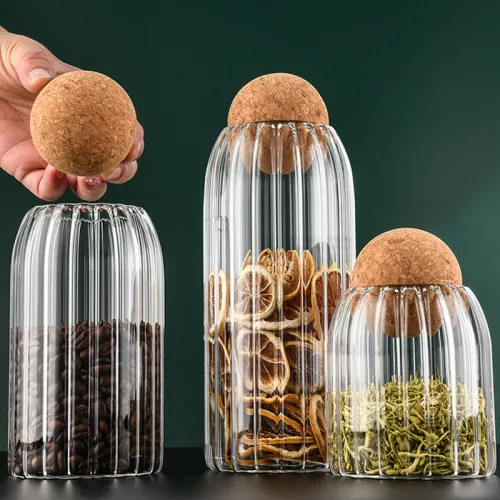 TEL: +86 311 67799298
TEL: +86 311 67799298 Email: tina@yintoglassware.com
Email: tina@yintoglassware.com
alcohol measure glass
Understanding Alcohol Measurements The Role of Glassware
When it comes to enjoying a drink, whether it's a fine wine, a classic cocktail, or a smooth whiskey, understanding the alcohol content and how it relates to the glassware you choose is essential. The concept of alcohol by volume (ABV) is crucial in the realm of alcoholic beverages, as it indicates the percentage of alcohol present in a drink. This article will explore the significance of alcohol measurements, the types of glassware associated with various drinks, and the importance of responsible drinking.
Alcohol by Volume (ABV)
Alcohol by volume is a standard measure used worldwide to quantify the amount of alcohol (ethyl alcohol) contained in a beverage. It is expressed as a percentage, reflecting the volume of alcohol in a given volume of the drink. For example, a beverage with 12% ABV contains 12 milliliters of alcohol for every 100 milliliters of that beverage. This measurement helps consumers gauge the strength of what they are drinking and aids in making informed choices.
Different types of alcoholic beverages have varying ABV levels. For instance, light beers commonly range from 3% to 5% ABV, standard beers hover around 4% to 6%, wines typically present an ABV between 8% and 15%, while spirits such as vodka, rum, and whiskey can boast higher percentages, usually around 35% to 50% ABV. Understanding these distinctions is vital for responsible consumption and enjoying drinks safely.
The Importance of Glassware
The glass in which a beverage is served can significantly affect the drinking experience and may influence how much one drinks. Different types of drinks are typically associated with specific types of glassware that enhance their flavor profiles and aromas. For example, a wide-bowled red wine glass allows for better aeration, helping to soften the tannins and release more complex aromas compared to a narrow, stemmed flute designed for champagne that retains carbonation.
Similarly, cocktail glasses like martini or coupe glasses are designed for elegance and presentation, encouraging moderation. On the other hand, tall glasses like pints or highballs lend themselves well to larger servings, which can inadvertently encourage quicker consumption. It’s vital for individuals to be aware of how these designs can impact consumption habits.
alcohol measure glass

Calculating Alcohol Content
For practical purposes, calculating how much alcohol is consumed based on standard servings can help manage intake. A standard drink typically contains about 14 grams of pure alcohol, which can be found in
- 12 ounces of beer (with about 5% ABV) - 5 ounces of wine (with about 12% ABV) - 1.5 ounces of distilled spirits (with about 40% ABV)
Using this knowledge alongside the appropriate glassware can assist in monitoring consumption levels. For example, knowing that a pint of beer typically contains about 2.5 standard drinks can remind consumers to pace themselves.
Responsible Drinking
Understanding alcohol measurements and the types of glassware can empower drinkers to make more informed choices. Consuming alcohol responsibly does not mean abstaining from enjoyment; it means being aware of one’s limits and the effects of alcohol. Factors such as body weight, gender, and food intake can significantly influence how alcohol affects an individual.
In conclusion, the relationship between alcohol measurement and the choice of glassware plays a crucial role in the drinking experience. By understanding ABV, choosing the right glass, and drinking responsibly, individuals can fully enjoy their beverages without compromising their well-being. Remember, moderation is key, and informed choices lead to more satisfying and pleasurable drinking experiences.
-
Unparalleled Convenience by High Borosilicate Glass Bottle with a Cork LidNewsJul.17,2025
-
The Versatility and Convenience of Glass Salad Bowl SetsNewsJul.17,2025
-
The Practical Wide Application of High Borosilicate Glass Food Storage ContainerNewsJul.17,2025
-
High Borosilicate Colored Glass Bowl VS Soda-Lime Glass and Tempered GlassNewsJul.17,2025
-
Creativity with Customized Colored Glass Dinnerware Sets for SaleNewsJul.17,2025
-
Advantages Analysis of Double Wall French PressNewsJul.17,2025









